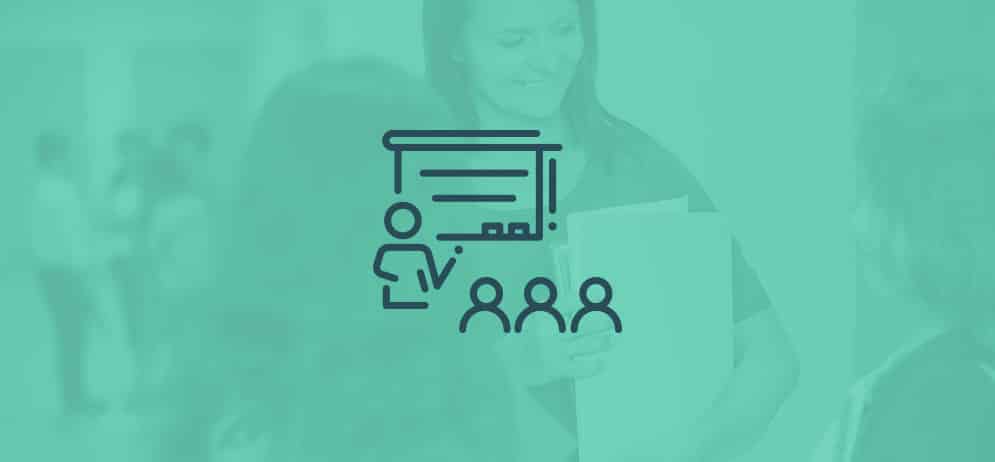An online search for “teacher shortage” will quickly return nearly 2 million new results. Each day yields more headlines about school districts who struggle to hire enough teachers — and in a recent survey, 77% of respondents indicated that they have a special education teacher shortage.
Among those districts reporting shortages, special education was the most challenging areas to fill:
Special education and the teacher shortage.
Source: National Coalition on Personnel Shortages in Special Education and Related Services
A growing special education student-teacher ratio.
Since 2005, the ratio of special education students to teachers has risen. There is some good news: in more recent years, the number of special education teachers has rebounded to over 388,000 after a dip from 2014 to 2016.
And while 2018 reported almost 20,000 fewer special education teachers than there had been 10 years earlier, these numbers seem to be increasing – for now. Only time will tell what the data looks like post-pandemic, which was an incredibly difficult time for all educators, but especially those in special education.
In the 2024 K-12 Lens Report, nearly 80% of survey respondents reported a special education teacher shortage. That’s higher than any other reported shortage (even against substitutes).
Hand-picked Content for You
K-12 Lens: A Survey Report from Frontline Education
In this inaugural K-12 Lens, you’ll gain key insights derived from the responses of nearly 700 K-12 administrators. This survey included questions that explore challenges related to past, current, and prospective district operations.
Here’s a look at the data at the state level, showing the ratio of special education students to teachers.
—
Teachers: Total # of full-time special education teachers as reported by each state.
Students: Total # of students ages 6 through 21 served under IDEA, Part B (all disabilities), as reported by each state.
Sources: U.S. Department of Education, Wyoming Department of Education. Accessed July 2021.
Missing Data:
Special Education student population in Vermont for years 2007 & 2008.
Number of Special Education teachers in the District of Columbia for 2006 and in Wisconsin for 2014 and 2015.
Although the data used in this report has been produced and processed from sources believed to be reliable, we cannot ensure the accuracy, adequacy, completeness, legality, reliability or usefulness of any information. It is possible that reporting errors or inconsistencies between states and years may be present in this dataset.
—
All of this asks the question: how does this impact your special education teachers and staff on a practical, day-to-day level? Are they equipped to efficiently tackle the administrative work that comes with special education? What about complying with state regulations? Do they have enough time to do all this and provide the instruction that students with special needs deserve?
Do you have a special education teacher shortage in your district? If so, what strategies are you employing to combat it? With what tools do you equip your team?
Here are some additional resources:
Why Do Special Education Teachers Quit?
Special educators & administrators share their biggest challenges.
Read the Post –>Retention-First Recruitment
Four traits of an effective Retention First Recruitment model for educators.
Watch the Video –>
